A study of the social interactions of Manta Rays in the Baa Atoll, Maldives
2013
Annie Murray (MSc - University of York)
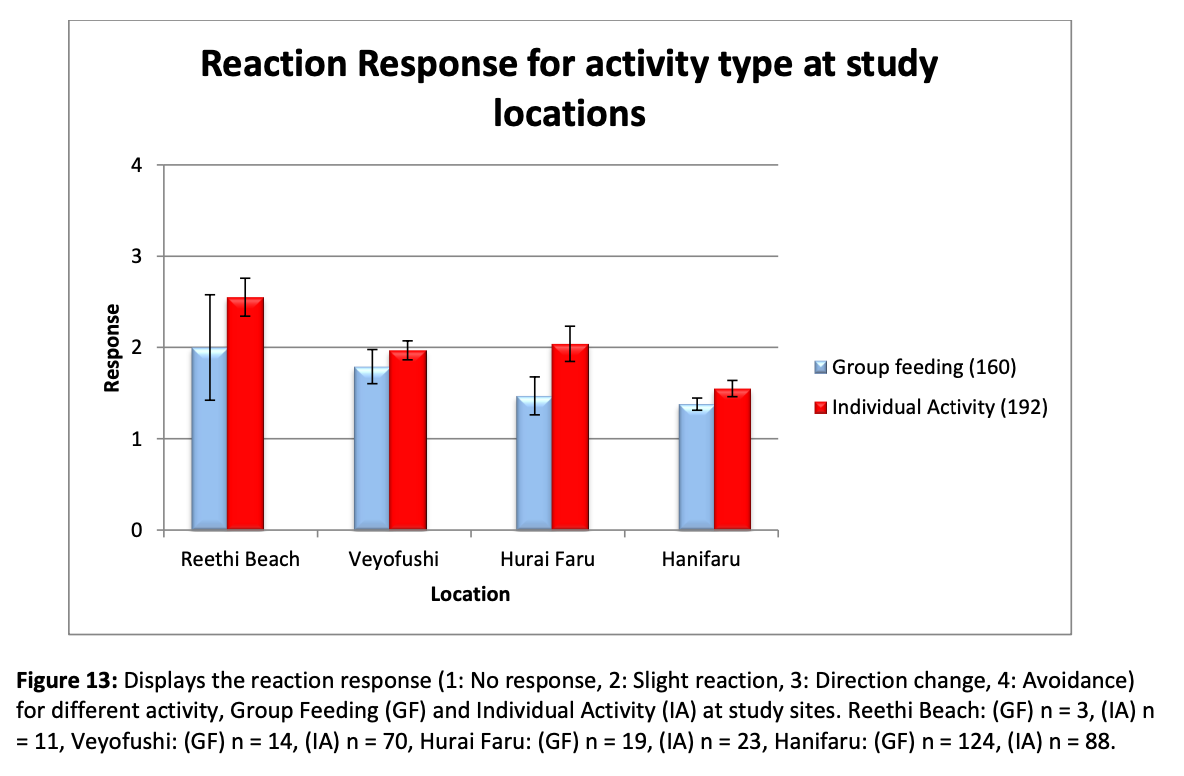
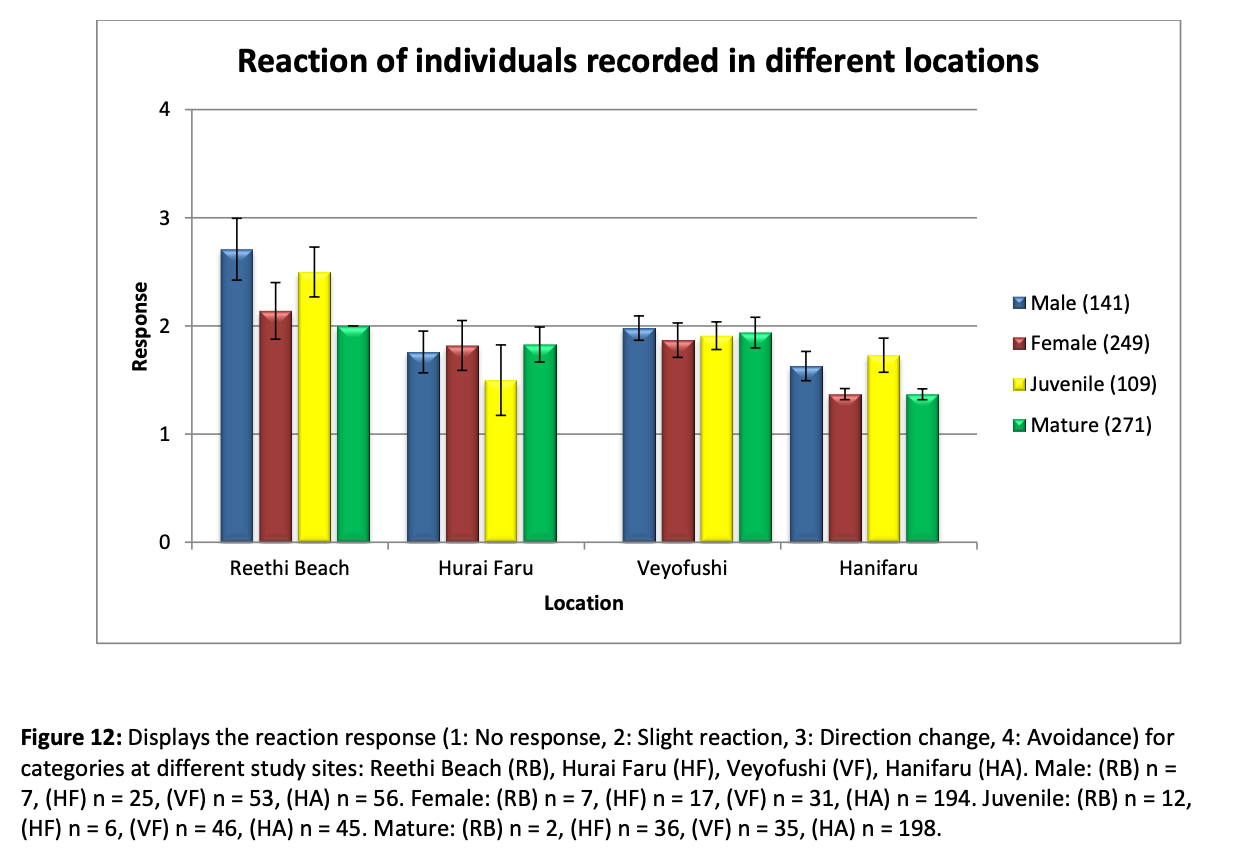
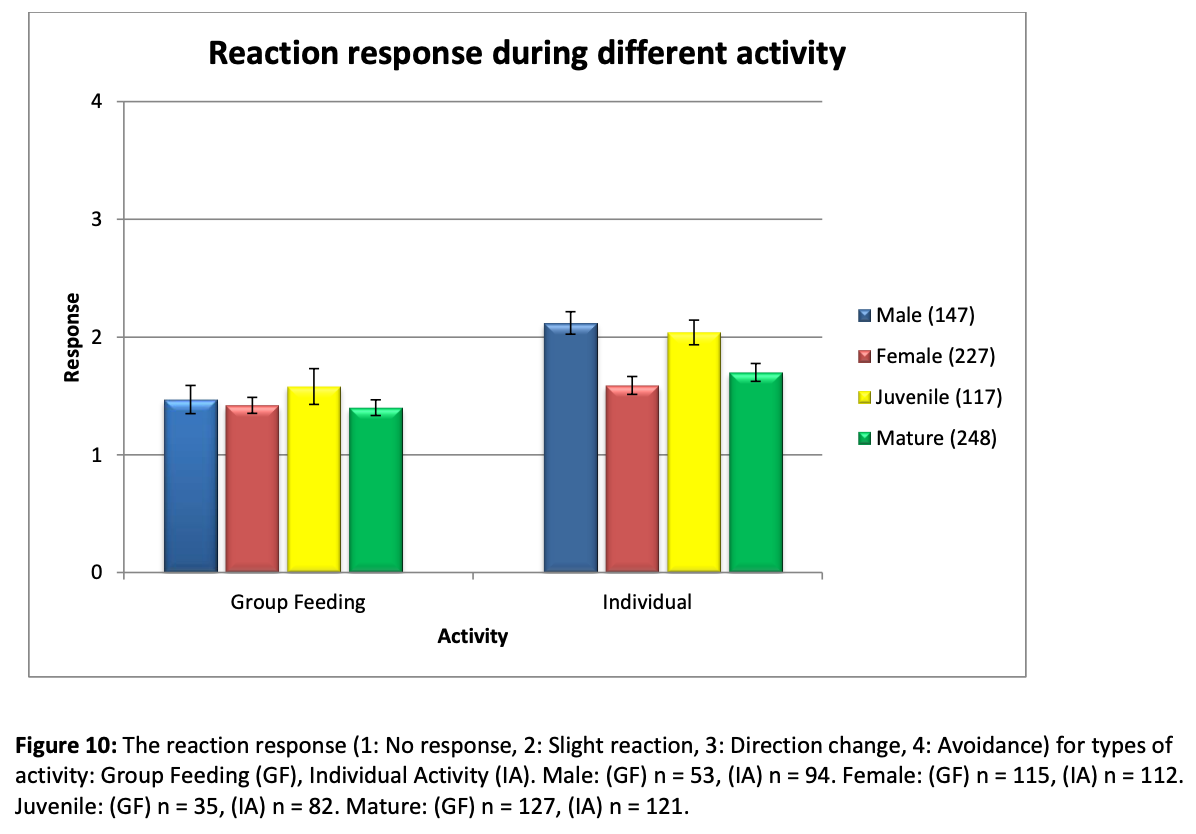
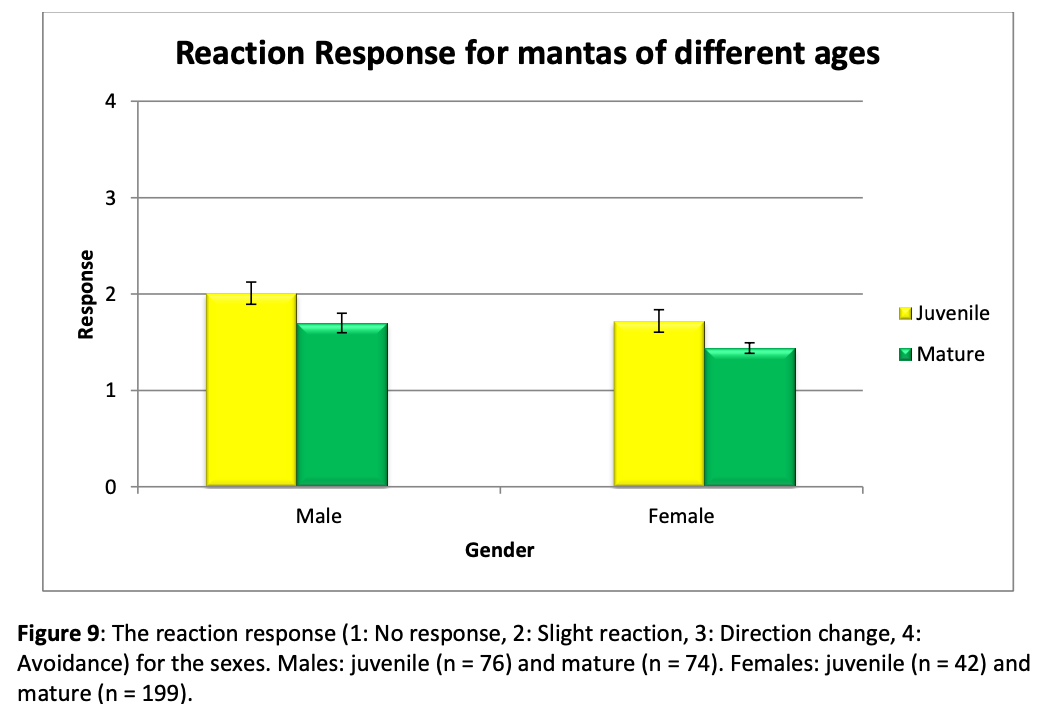
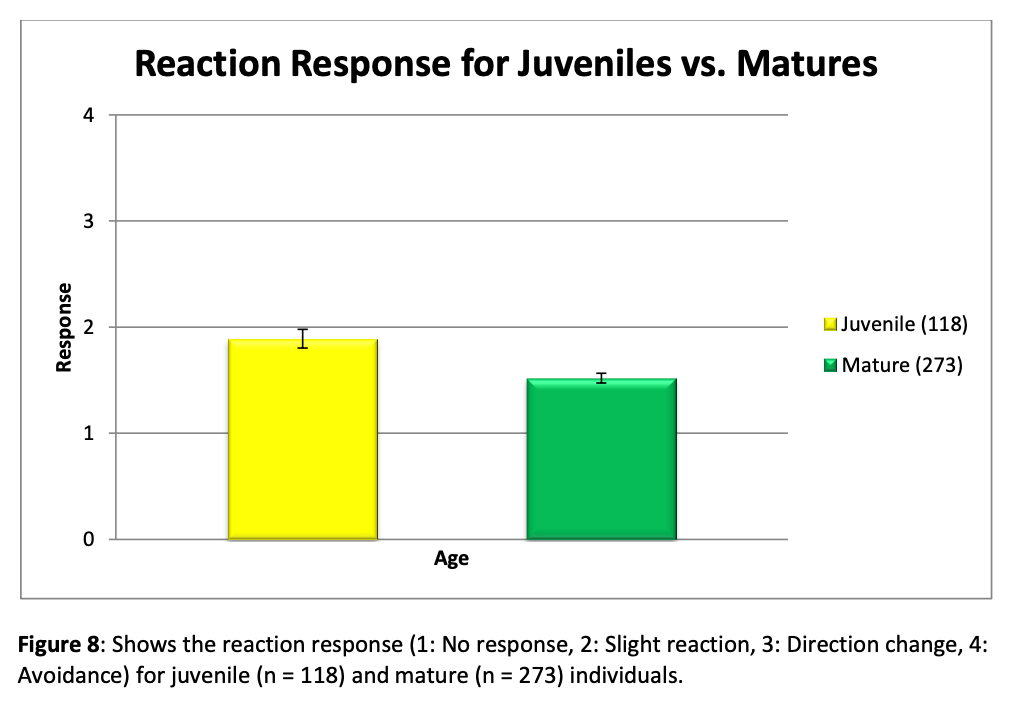
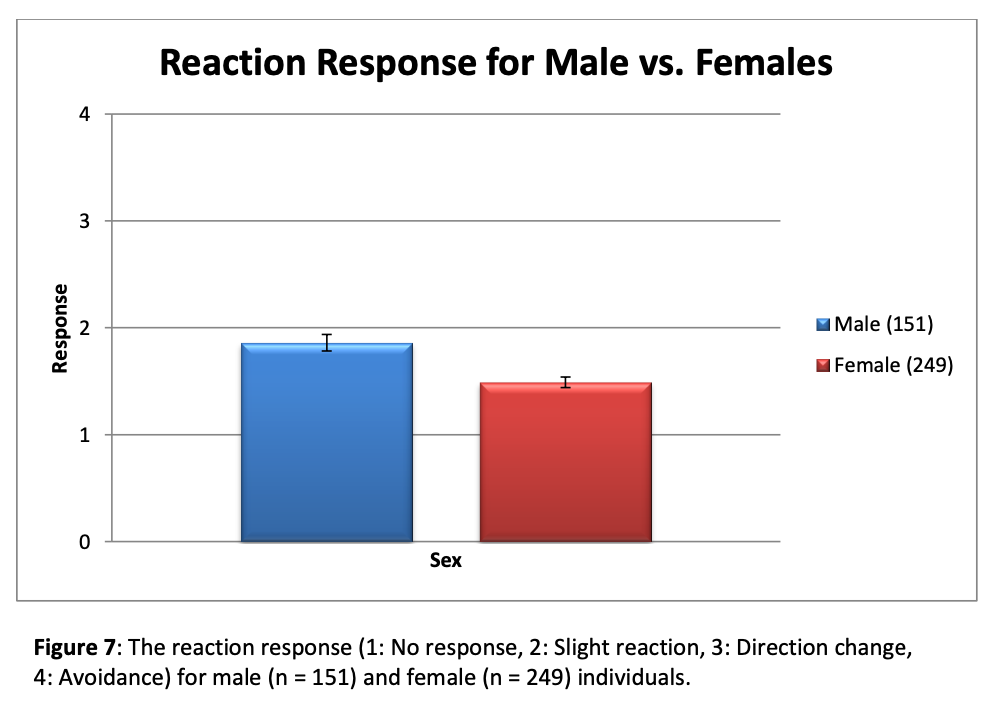
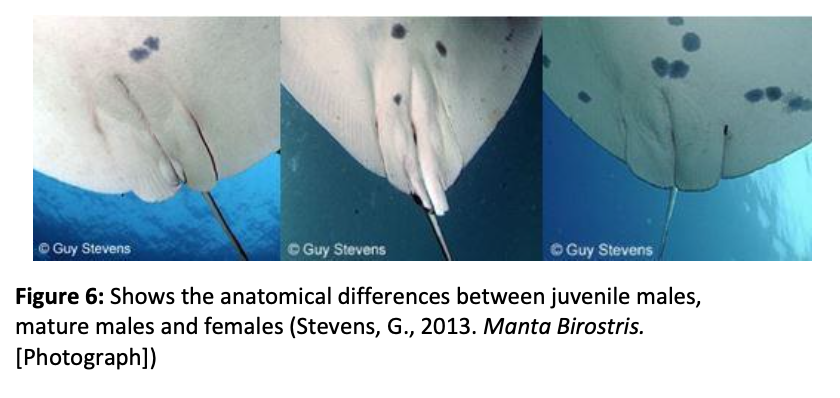
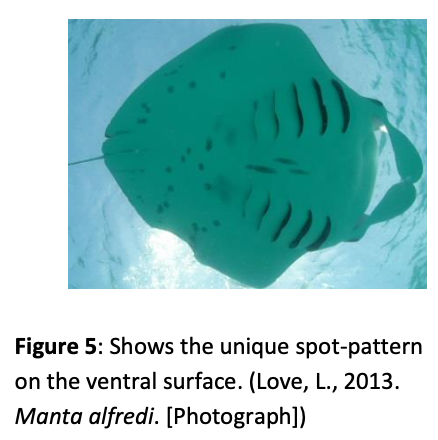
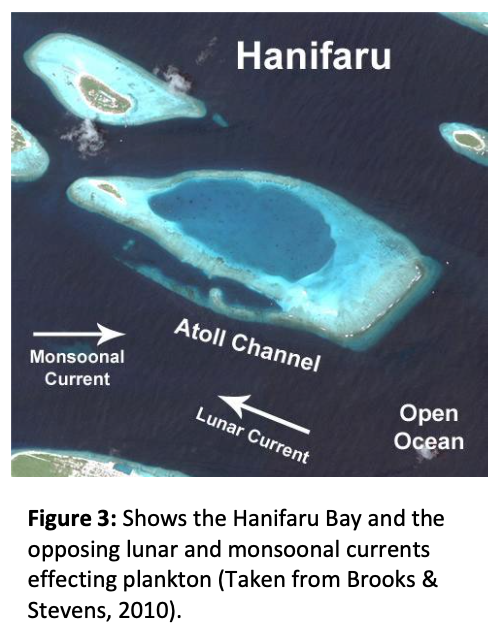
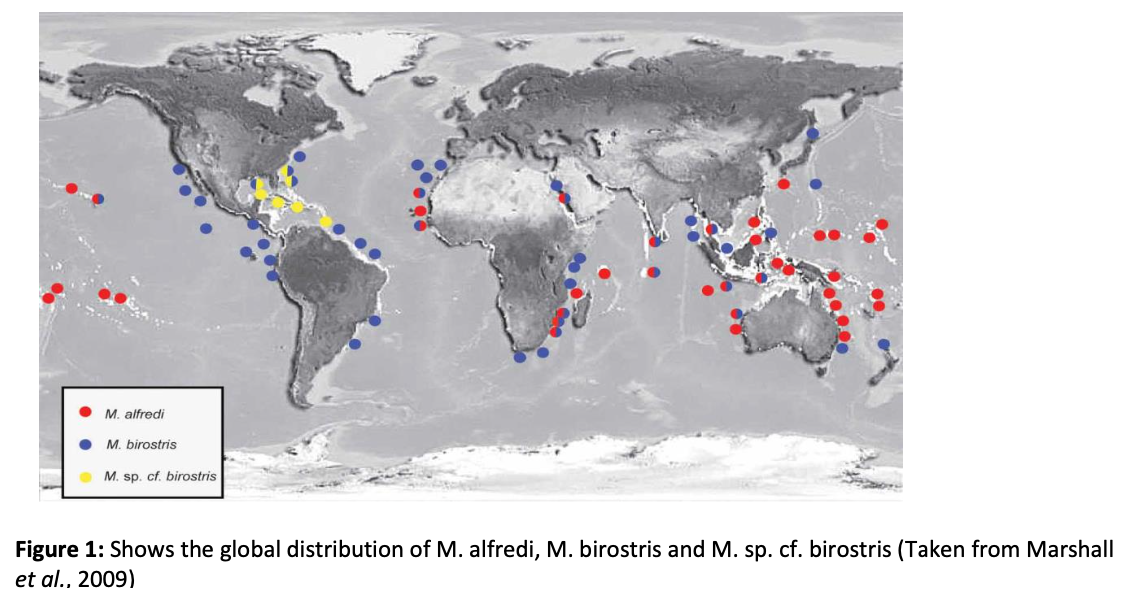
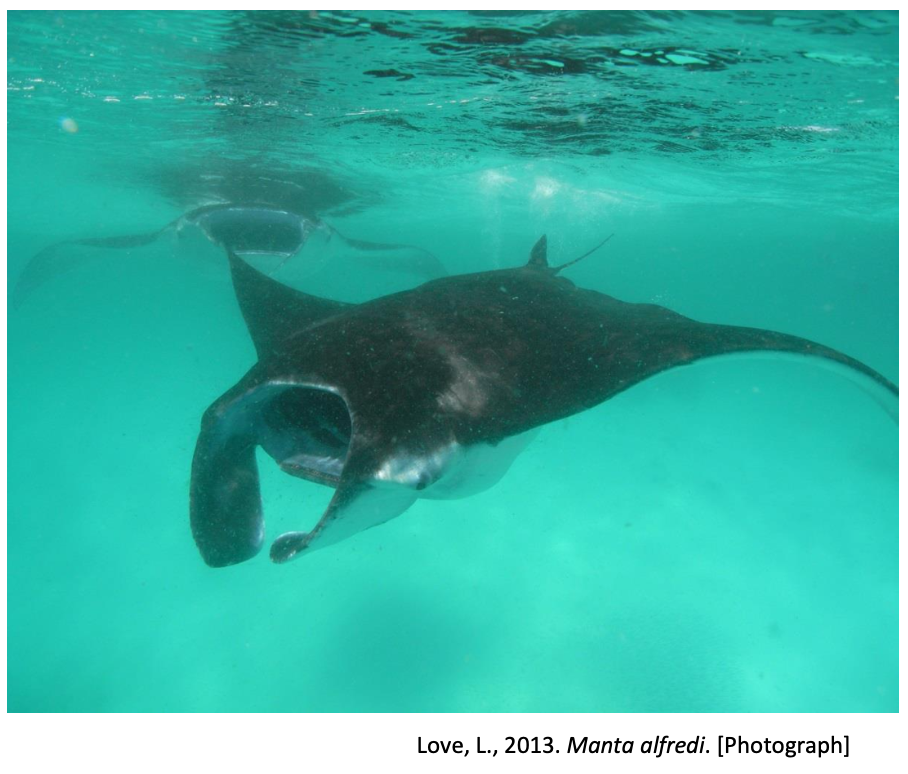
Summary: Manta rays are vulnerable to anthropogenic threats, and manta ecotourism is growing in the Maldives. This study explores the social behaviour of manta rays, focusing on the responses of different sexes and age groups. The research reveals distinct behavioural patterns, with females showing the lowest reaction levels and juveniles being more disturbed compared to mature adults. These differences may be related to sexual dimorphism. Understanding these variations is important for the ecotourism industry to minimise negative impacts on manta populations.
Abstract
“Manta rays (Manta birostris) have a K-selected life history, making them vulnerable to the increasing pressures of anthropogenic threats. Manta ecotourism is a growing industry in the Maldives, with many visitors drawn to Baa Atoll to swim with the resident population. With little known about the social behavior of manta rays, anecdotal reports document “friendlier” interactions with mature females. This study investigates the different levels of response between males, females, juveniles, and mature adults to establish if there are behavioral patterns within the population, considering the effect of the location, activity type, and number of snorkelers during interactions. Results show a clear distinction between the reactions of the sexes and age classes; females displaying the lowest level of reaction, with juveniles exhibiting higher levels of disturbance in comparison to the mature adults. Such results could be due to factors related to sexual dimorphism. These differences have implications for the ecotourism industry and must be considered in order to reduce negative impacts on manta populations.”
Author Affiliations
University of York
The Manta Trust
